 Previous Article
Previous Article
A Buyer's Guide to Composite Fencing Kits (2025)
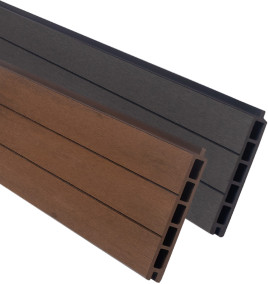
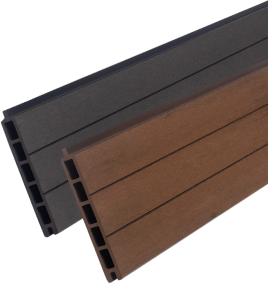
With the rise of composite decking, a modern innovation has come to the fencing sector: a solution that never needs painting, sealing, or staining. It’s a fencing solution that retains its colour year after year and enhances your garden without the worry of it ever cracking or splintering—a true “fit and forget” product.
But if you’re anything like us, you want to know what this truly means for you. In this definitive guide, we’ll break down the real-world benefits we see from customer feedback, and the honest considerations you should be aware of.
This is why thousands of UK homeowners are making the switch to composite.
This is the number one advantage. Composite fencing is a hassle-free product that gives you more leisure time to relax and enjoy your garden. There is no need for the annual cycle of sanding, staining, or painting.
What this means for you: Imagine getting your weekends back. Imagine never looking at a worn, dull, and tired fence panel again. A simple, regular clean with hot, soapy water is all that’s needed to keep it looking fantastic.
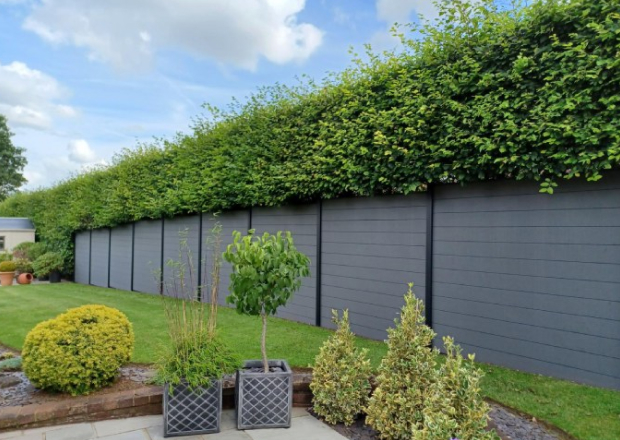
Made from a mix of recycled plastics and reclaimed wood fibres, composite panels are built to withstand the UK weather.
They benefit from minimal moisture absorption, a key drawback of timber. This means they will not rot, crack, warp, or splinter.
The composition of wood and plastic offers excellent resistance to termites and other wood-eating insects.
As long as they are kept clean from surface dirt, composite boards resist the growth of mould and mildew that can weaken and discolour timber.
What this means for you: A longer-lasting fence that won’t weaken, decay, or splinter, retaining its strength and appearance for years. This is why a composite fence has a lifespan of 10 to 25+ years, compared to just 8-12 years for most wood.
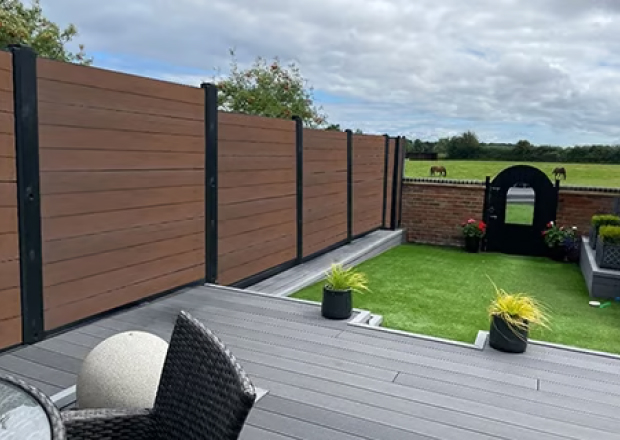
Composite fencing comes in a variety of modern colours and designs, from a traditional wood-effect pattern to the on-trend slatted panel look. You can choose from natural browns, contemporary greys, or even a sleek and bold black.
What this means for you: You can bring your garden design to life. Unlike wood, you don’t have to paint your fence panels to get the colour you need, and even better, the colour you buy today will be the same essential colour you get years later. It’s an everlasting enhancement that stands the test of time.
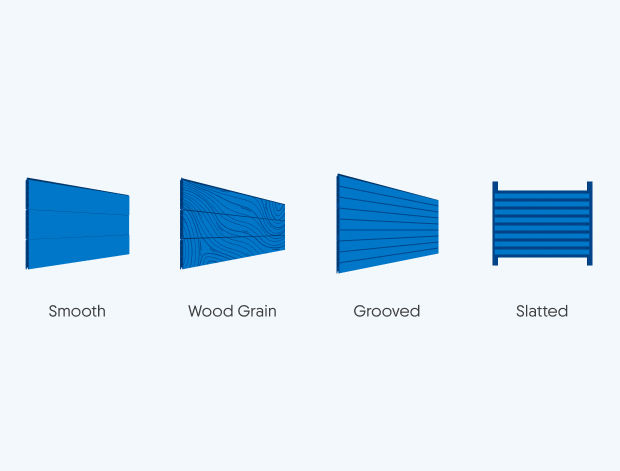
As composite fence panels are made with up to 90% recycled materials, purchasing them helps reduce plastic waste in landfill and promotes a more renewable ecosystem.
What this means for you: Not only will your investment pay back over time, but you can also relax without the drawback of ever having to seal or paint. You can enjoy your garden knowing you’ve helped support a better ecosystem with your purchase.
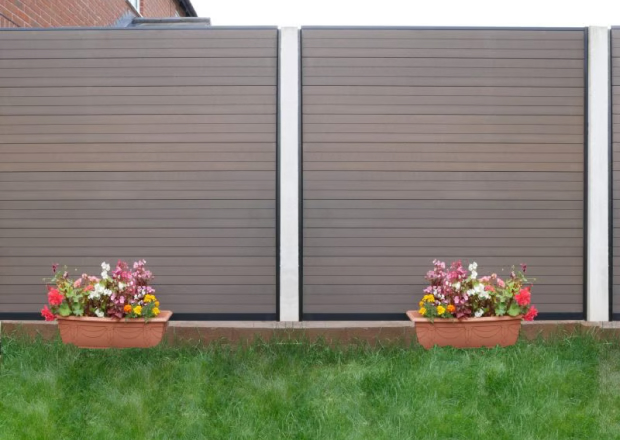
In all honesty, composite fencing doesn’t have many major issues, but there are some important things you will want to consider when choosing.
Composite fencing has a higher initial cost when compared to traditional timber fence panels.
Why this might be a con: It all comes down to one question: how long are you going to be in your home? If your timeframe is less than 5 years, the lower upfront cost of traditional timber might be your preferred option. If the answer is beyond 5 years, composite fencing becomes the smarter financial investment.
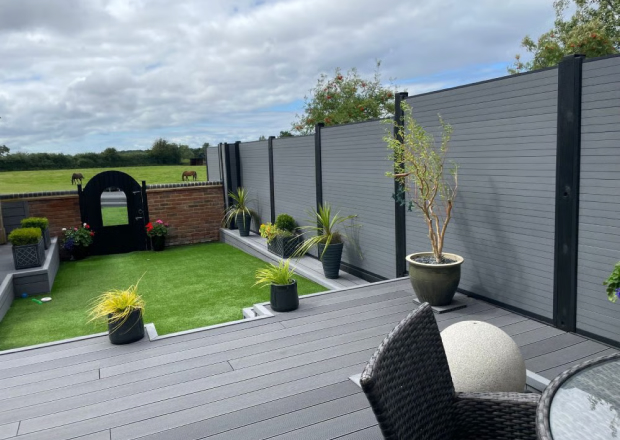
It’s key to understand the type of composite fencing you’re buying—uncapped or capped—as this sets realistic expectations for performance.
The most common type in the UK, do require simple, regular cleaning. They will lighten in colour slightly over time and can stain if spills aren’t cleaned promptly.
are a “fit and forget” solution. They offer superior stain and fade resistance with ultra-low maintenance required.
Why this matters: We believe in setting the correct expectations. A mistake in the early days of composite products was poor marketing and communication from some suppliers. Almost all customers are happy with uncapped boards because they are light years ahead of timber, but knowing the difference is key.
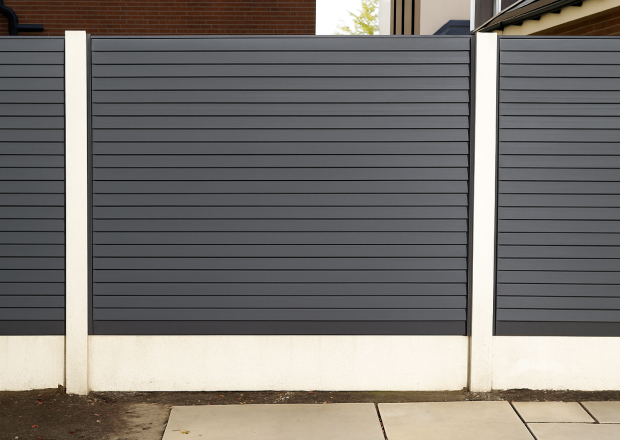
While modern composite decking has enhanced scratch resistance, it is not scratch-proof. Marks from garden tools, children’s toys, or furniture can still occur and can be difficult to repair without replacing a board.

Composite fencing is a smart investment that will pay back in as little as 5 years. It’s adaptable to existing concrete posts or can be installed with a full new system.
It has numerous benefits, including long-lasting colour and minimal maintenance, and it simply outperforms wood in almost every way. The final decision comes down to one key question: what is the desired lifespan for your fence, both structurally and visually?
 Previous Article
Previous Article
A Buyer's Guide to Composite Fencing Kits (2025)

The Ultimate Guide to Fencing Ideas (2025 UK Edition)